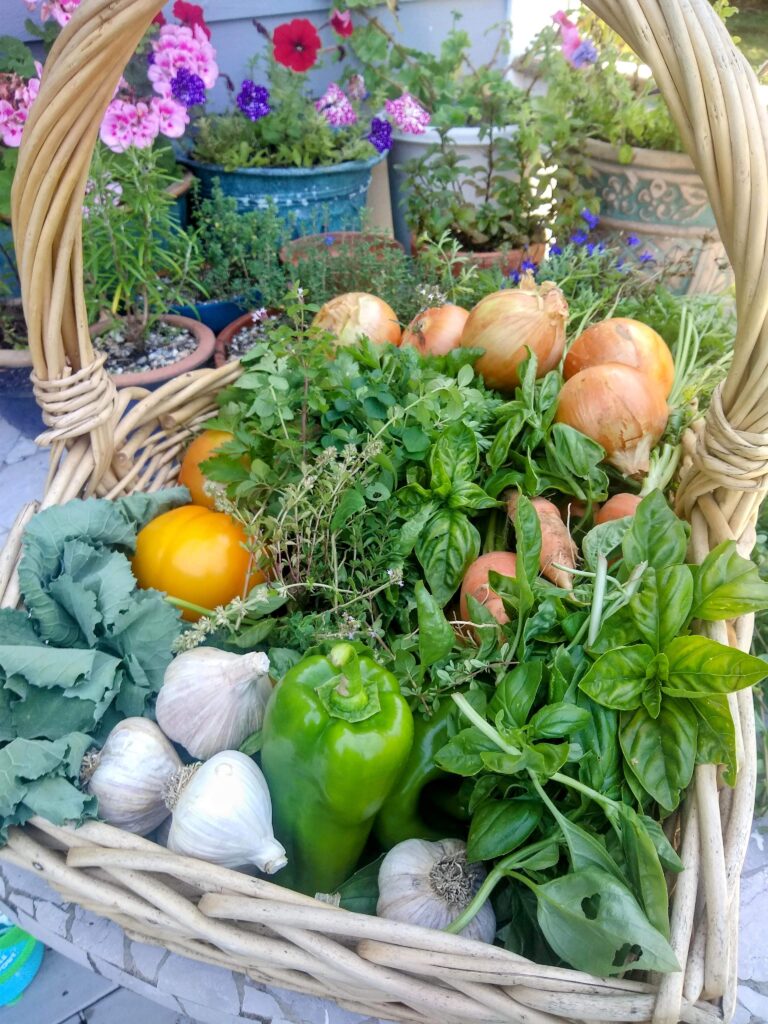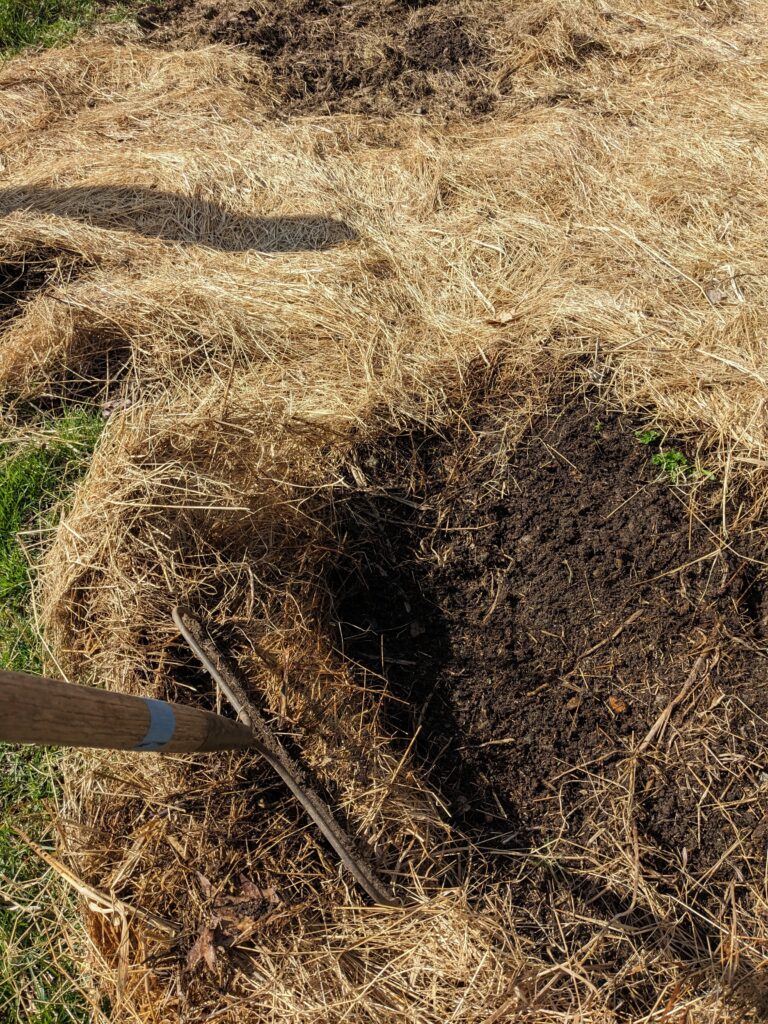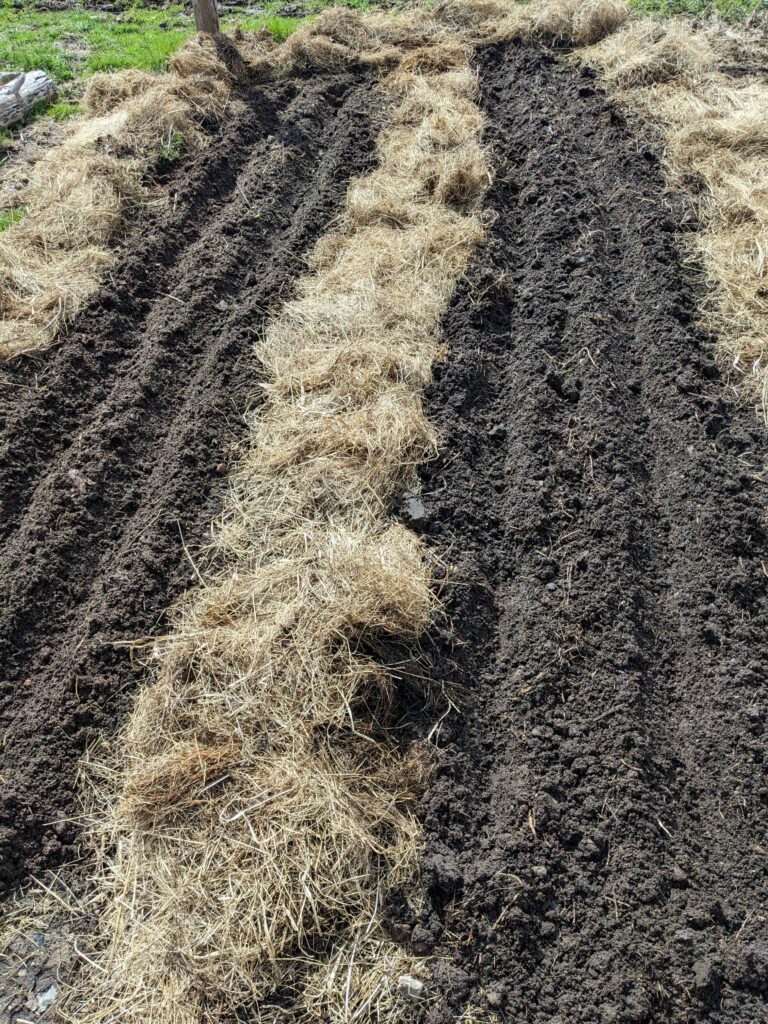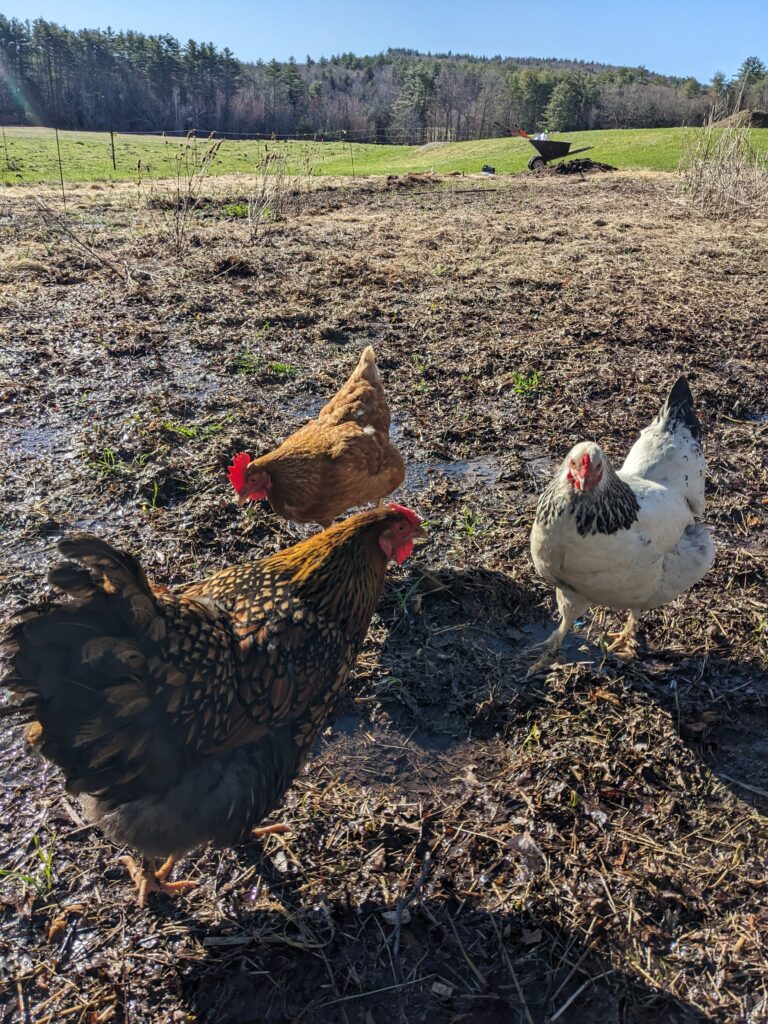As seen in Elf (Enjoy Life to the Fullest) Magazine, produced by The Keene Sentinel.

Like small businesses, gardening is a labor of love, so you want all your efforts to grow into a huge success. But for many, you do all the hard work of planting, weeding, and watering and still end up disappointed. If that sounds like you last year, it’s time to take a closer look at your most essential garden component: your soil.
They say you are what you eat and I love garden fresh ingredients. The same is true for plants. They eat the soil and poor soil cannot feed bountiful harvests. For those of you who wait until after Memorial Day to get your hands dirty, take these ideas to jumpstart your soil and kick off your best garden yet.
Taking a Closer Look

Step one is getting the dish on your dirt. You can absolutely send a soil sample to the NH Extension office for a detailed report on your pH levels and nutrient recommendations. Maybe you’ll find adding some lime would be good to neutralize high soil acidity and raise the pH to the preferred level for tomatoes: slightly acidic at 6-7.
But I’ll guarantee you, no tomato I ever knew didn’t benefit from more humus (a fancy word for that rich, dark, nutrient-rich soil that plants love.) Around here, we gardeners are cursed with rocky, nutrient-poor, frigid soils. It’s just part of being a New Englander. So every time I get my hands on humus, I cheer!
It’s especially true for annual flowers that are really heavy feeders (aka they require a lot of nutrients) because they’re constantly blooming. In fact, if you deadhead them regularly, they can bloom for months on end.
For example, African daisies—one of my personal favorites—are knockout bloomers! They’re also fantastic at tolerating droughts. To get this bright beauty to bloom as long as possible, you need the right soil conditions.
It’s particularly important when you’re prepping an annual flower bed that your soil is jam-packed with nutrients. Some people meet this demand with synthetic fertilizer. But you can also solve the dilemma by making your own rich soil.
Here’s How to Get Your Hands on Humus
How do you turn sad, sandy soil into humus? Happily, you can find the ingredients all around you. My go-tos soil supplements leaves, straw, grass clippings, hay, bark, wood chips, and animal waste.

Let’s break down mulching. Mulch is a gardener’s best friend. It maintains moisture levels, decreasing the need to water. It suffocates weeds, which increases air flow and decreases mold. And it feeds soil-makers, like worms. It even promotes a little-known fungal friend—mycorrhizal fungus. This healthy, white, lace-like mold supports roots extracting hard-to-get soil nutrients.
There is even a living mulch option of cover-cropping. You can plant winter rye in the fall and till it under in April or buckwheat after the peas die back and till it in before it seeds. This keeps other weeds from spreading and creates humus.
Pro-gardener Tip: Vegetables prefer soil with higher nitrogen (animal waste and grass clippings) while flowers can tolerate more carbon-heavy mulch sources (bark mulch and wood chips).
Connecting Over Compost

If you don’t have chickens of your own adding their nitrogen-rich waste to your soil, consider who in your community might love sharing a wealth of manure. Perhaps a local horse barn has piles of old compost. I’ve seen folks take advantage of rotten hay unfit for animal consumption.
Allow your neighbor to send extra fall leaves your way. You can mow them to chop them up and spread them over the garden. It is tremendous fun to pull back mulch and find a winter’s worth of worm castings along little-to-no weeds.
An old neighbor of mine used to get wood chips from local tree services. Or, if you heat with wood, you can make use of excess bark and mulch a garden. There are so many possibilities on hand!
What about Memorial Day, Again?
It’s true that many plants are too sensitive to grow in the unpredictable weather from April to the end of May, like dahlias or cucumbers. But, peas, lettuce, radishes, lupine, anise hyssop, and larkspur are hardy and already growing outside.
Research a few spring planting options for an early harvest of blooms that will motivate you to get your garden groove on and make spring gardening your happy place.
What do you recommend for growing Radishes? We have the hardest time getting the right soil. Thank you